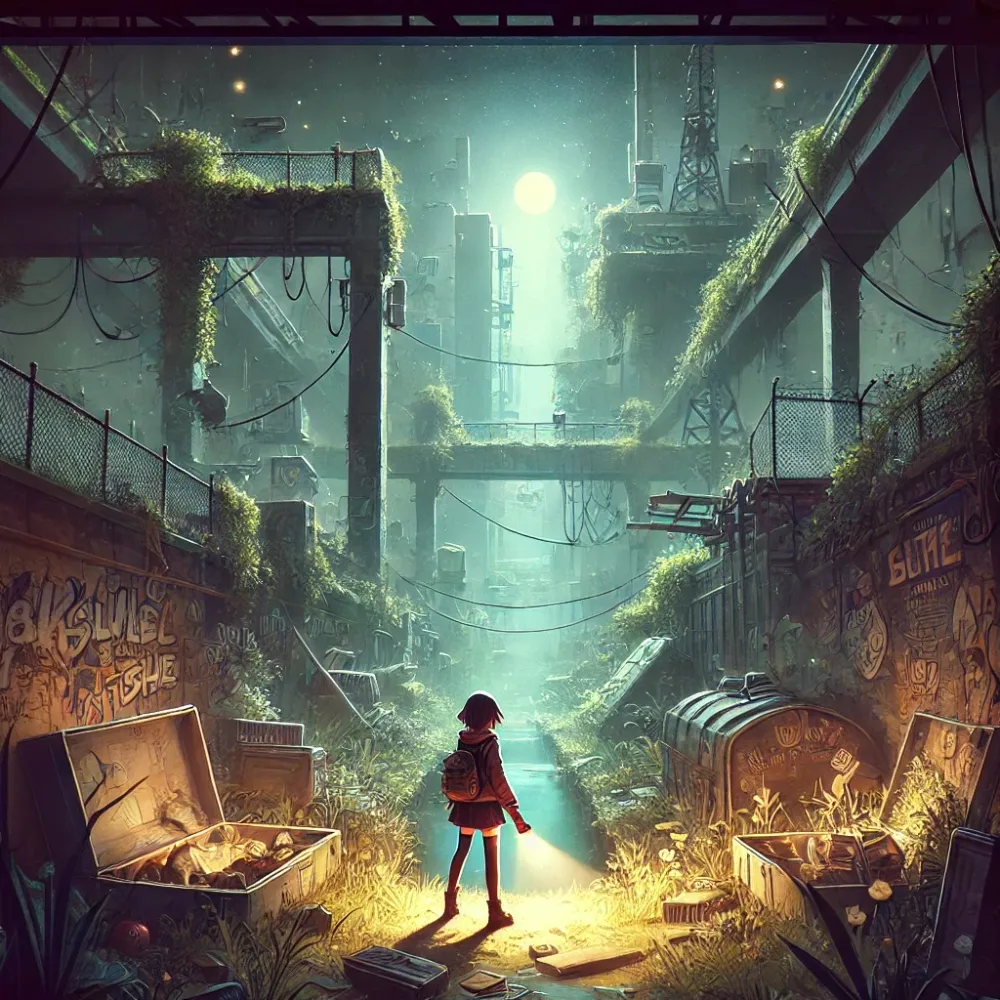Environmental storytelling: Building immersive worlds through design
Environmental storytelling is a powerful narrative technique in game design that conveys stories through carefully crafted environments, allowing players to uncover narratives organically as they explore (Game Design Skills).
Defining environmental storytelling
Unlike direct storytelling methods that rely on dialogue or cutscenes, environmental storytelling uses the game's surroundings—such as objects, architecture, and spatial arrangements—to suggest a narrative. This approach encourages players to interpret and piece together stories based on visual and auditory cues within the game world (Game Developer).
Key elements of environmental storytelling
- Visual cues: Objects, symbols, and scenery that provide context or hint at a backstory.
- Spatial arrangement: The placement and organization of elements within the environment to suggest relationships or events.
- Ambient sounds: Background noises that enhance the atmosphere and provide subtle narrative hints.
- Lighting and color: Use of light and color schemes to evoke specific emotions or highlight important areas.
Benefits of environmental storytelling
- Immersion: Creates a more engaging and believable world by allowing players to discover stories at their own pace.
- Player agency: Empowers players to interpret and connect narrative dots, leading to a more personalized experience.
- Subtlety: Enables nuanced storytelling without the need for explicit exposition.
Notable examples in video games
- BioShock: The underwater city of Rapture tells its own story through its decaying art-deco architecture, scattered audio logs, and remnants of its inhabitants' lives (Yellowbrick).
- The Last of Us: Environments filled with personal belongings, graffiti, and environmental decay narrate the collapse of society and the human stories within it.
- Gone Home: Players explore a deserted house, piecing together the family's story through found objects and letters, with no direct narration (WatchMojo).
Implementing environmental storytelling in game design
- Consistency: Ensure that environmental details align with the game's world and narrative.
- Attention to detail: Small, thoughtfully placed elements can significantly enhance storytelling.
- Player guidance: Use environmental cues to subtly guide players toward important narrative elements without overt direction.
- Integration with gameplay: Seamlessly blend storytelling elements with gameplay mechanics to maintain immersion.
Challenges
- Overlooking details: Players may miss subtle cues, leading to potential gaps in narrative understanding.
- Balancing subtlety and clarity: Striking the right balance to ensure the story is neither too obvious nor too obscure.
Environmental storytelling enriches game narratives by immersing players in worlds where stories are discovered rather than told. By thoughtfully designing environments that convey meaning, developers can create deeper, more engaging experiences that resonate with players on a personal level.




